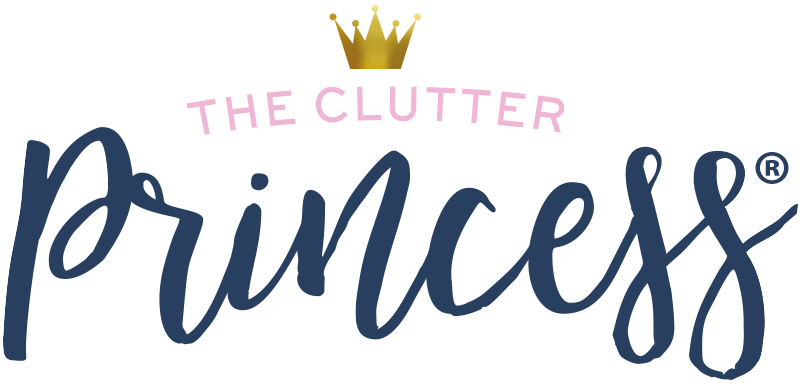Okay, Organizing Campers, this week we are going to tackle closets! Let’s get to it.
Think of closets as mini-rooms, and each one needs to have a purpose and function. As you go through each closet, sort out what you’re keeping, what’s being donated, and what’s being trashed.
Hall Closet. In apartments, hall closets are golden space. Use an over-the-door holder with clear pockets to carve out more space for things, such as batteries, flashlights, gloves, hats, vacuum cleaner bags, etc. You can even label the pockets.
If the closet is wedged with coats and jackets, it’s time to downsize. Donate or sell the ones kids have outgrown and ones you no longer wear. Most of us stash the vacuum cleaner in the hall closet so make sure you have enough room to slide it out with ease. Store items you don’t need to access often on the shelf, such as holiday decorations.
Home Office Closet. Older homes do not have dedicated space for an office so it winds up being housed in an extra bedroom. You can be more creative with a closet in an office since it serves a different purpose. You can convert the closet into the desk and office space, and then close the door when it’s not in use. This means you can still use the spare bedroom as a guest room or something else.
If you’re taking over the entire bedroom as your home office, put bookshelves into the closet and use it to organize your books, office supplies and other necessities. Store items you do not need frequent access to on the top shelf.
Linen Closet. In the land of sheets and towels, sort through them and assign them shelves. Yes, you can label the shelves so people know which sheets belong to which bed. To make it easier to keep bed sheets together, you can roll them up and place them inside a pillowcase. I haven’t tried this since I don’t have that many sheet sets.
If you keep extra personal care products in the linen closet, make sure they’re accessible and you can see what you have so you don’t overbuy.
Pantry. I’m including pantries since they are basically closets but for food. Same rules apply. Ditch the expired stuff, donate the stuff you don’t want to eat and organize the rest. Do not donate food that has expired or been opened.
In organizing the pantry, keep like with like. I know several parents who keep healthy snacks for kids where they can reach. I like clear containers for food so you can see what’s inside. If you have opaque containers, label them.
Bedroom Closet. Ah, yes, industries have been created to deal with the infamous bedroom closet. It’s usually filled with clothes, shoes and accessories. The other closets are child’s play compared to the big, bad bedroom closet, but it’s not impossible to reign in.
Divide your closet into categories, such as shoes, accessories, short-sleeve shirts or jeans. Then tackle each area at a time. It’s much less stressful to sort and purge only the short-sleeve shirts instead of attempting to clean out the entire thing at once. Small baby steps are all progress.
As you sort through each section, decide what you’re keeping, what’s being donated or sold, and what’s being trashed. Remember, do not become a burden on charities by donating items that are well-worn or that have rips or stains.
There are no magic hangers out there, but I do prefer the Huggable Hangers® versus the plastic ones. The huggables take up less space than the plastic ones and give you more room in the closet. (No, don’t go and fill the space up again.) The huggables have flocking on them so flimsy garments don’t need special hangers.
Fancy closet organizing systems are very, very nice, and I dream of the day when I can afford to get a system in my master closet. Until we all hit the lottery, you can make do with less expensive options. The best way to expand space in your closet is to install a Closet Rod Expander to double the hanging space.
Have fun cleaning out your closets!
